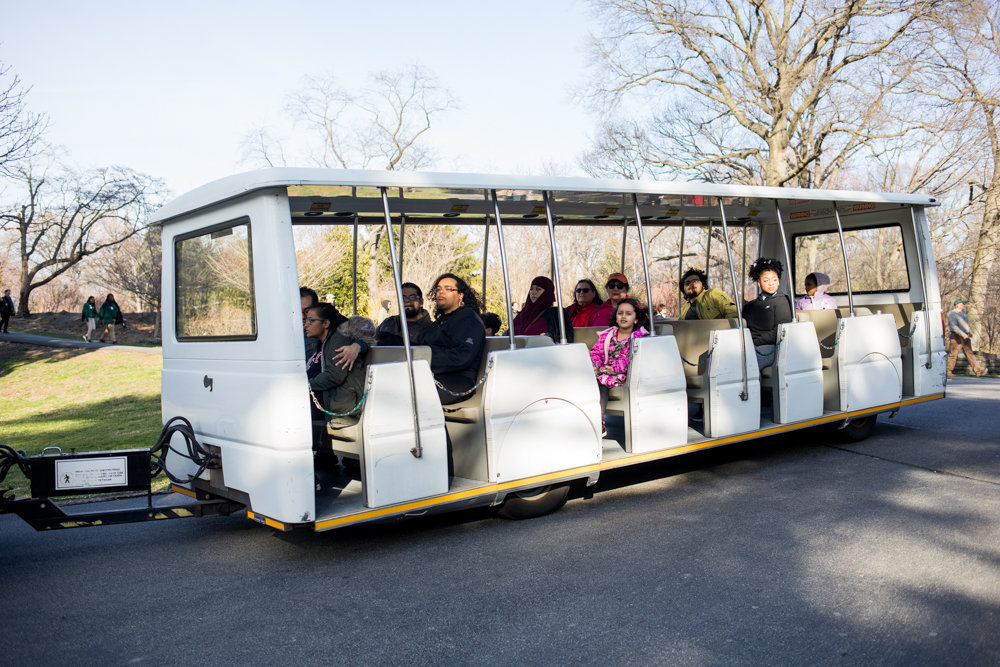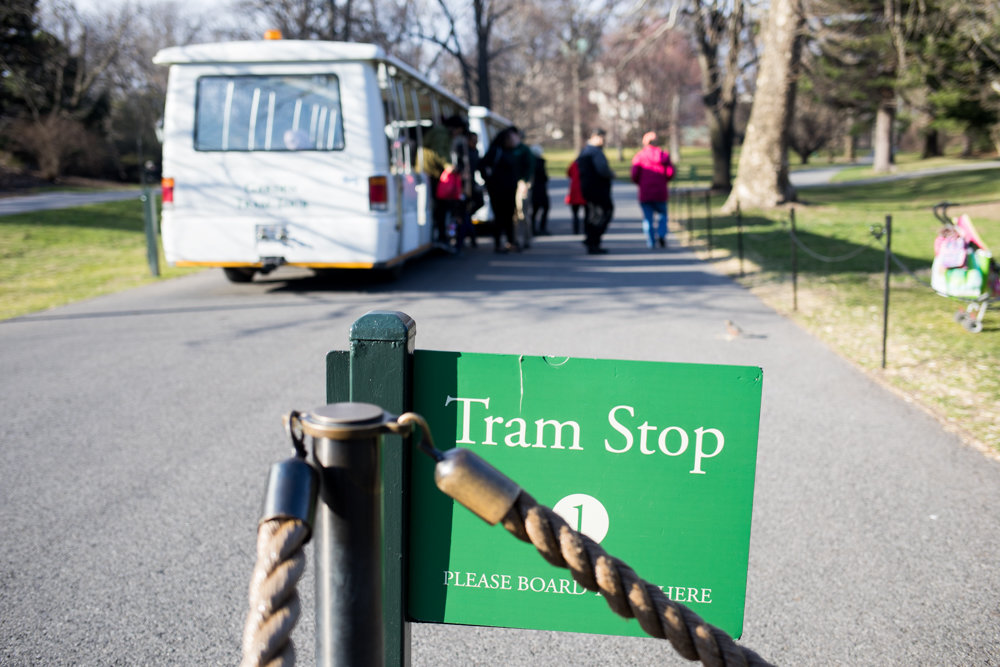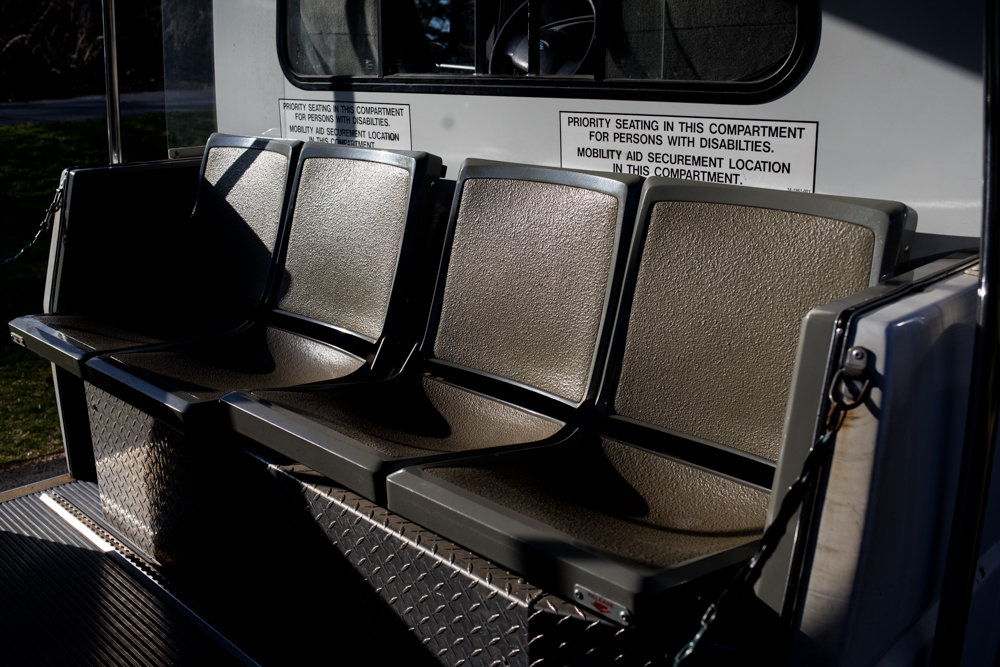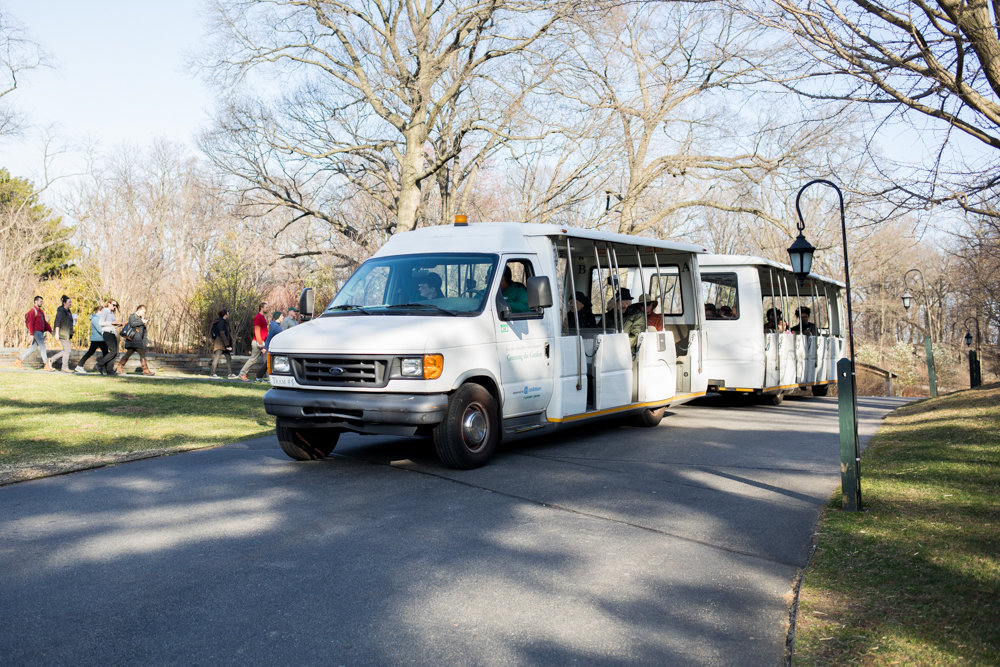New York Botanical Garden to grow crop of new trams
Visitors to the New York Botanical Garden could get an updated ride starting next year with plans to spend $950,000 from Bronx borough discretionary funds.
“We are grateful to Bronx borough president Ruben Diaz, Jr. and the Bronx delegation of the New York city council for helping us in this process of purchasing new trams,” garden’s public relations director Nicholas Leshi said.
“They are an integral part of the garden visitor experience, making it easier for people to traverse our 250-acre national historic landmark site.”
While savoring the experience by walking the grounds is wonderful, but doing so on wheels is a popular alternative, according to Harriet Sassoon, a volunteer at the garden since 2004.
“A lot of people use the trams,” she said. “It’s a great service if you want to see the gardens. Along the route you get a nice snapshot of the kinds of plants we have here.”
The new vehicles replace the eight that have been in service for 10 years, according to Leshi. The open-air trailers are pulled by a pickup truck modified to accommodate seats where its bed once was. Each tram car can seat about 20.
After a decade of daily use, a vehicle’s engine is worn beyond the point it’s feasible to continue repairing it.
The old trams will remain in service as long as they are safe and reliable, Leshi said. Once the garden’s administration determines they are no longer viable, they will meet the same fate as all other non-functioning equipment: auction by the city’s service department.
Like the old fleet, the new trams will use alternative fuels. One of the first compressed natural gas stations installed in the Bronx was at the gardens, according to its website. Its current tram fleet was converted to run off natural gas, which reduced greenhouse gas emissions by 48 percent compared to the old diesel engines.
The new trams also will run on natural gas.
Roughly 200,000 garden visitors ride the tram each year, Leshi said, plus thousands more for special events and camps. Tram rides are a favorite of the younger visitors who like the novelty of an open-air commute.
Trams typically pick up riders at the main stop near the gardens’ reflecting pool. From there, it follows a 20-minute route through the gardens, making nine stops at attractions like the visitor’s center, Arthur and Janet Ross Conifer Arboretum, azalea garden, Daffodil Hill, Twin Lakes and the Thain family forest.
Narrated tours point out notable areas along the route, teaching riders about the gardens’ history, ecology and programs. Started in 1891, the gardens encompass more than 1 million living plants on a campus containing 50 individual gardens of tropical, temperate and desert plants.
Considered one of the world’s most important plant research and conservation programs, more than a million people visit the New York Botanical Garden each year.
But the trams also enable people with disabilities or limited mobility to enjoy the park as well. Like the current fleet, the new trams will be wheelchair accessible.
A Manhattan public hearing in front of the mayor’s office of contract services was an important first step toward purchasing the trams, Leshi said. The gardens administration must put the contract up for bid to determine from whom to buy the new vehicles.
The new fleet will likely be put into service by Fall 2020.
The tram is integral to making all parts of the expansive garden accessible to everyone — like families with small children, the elderly, or those with other mobility issues, Bronx borough president Ruben Díaz Jr., said in a release.
“Besides that, the narrated tram tour is a fast and fun way to experience one of the jewels of our borough and to learn about its most popular areas,” Diaz said. “I am proud to have provided funding for such an important feature of this cultural cornerstone in the Bronx.”















